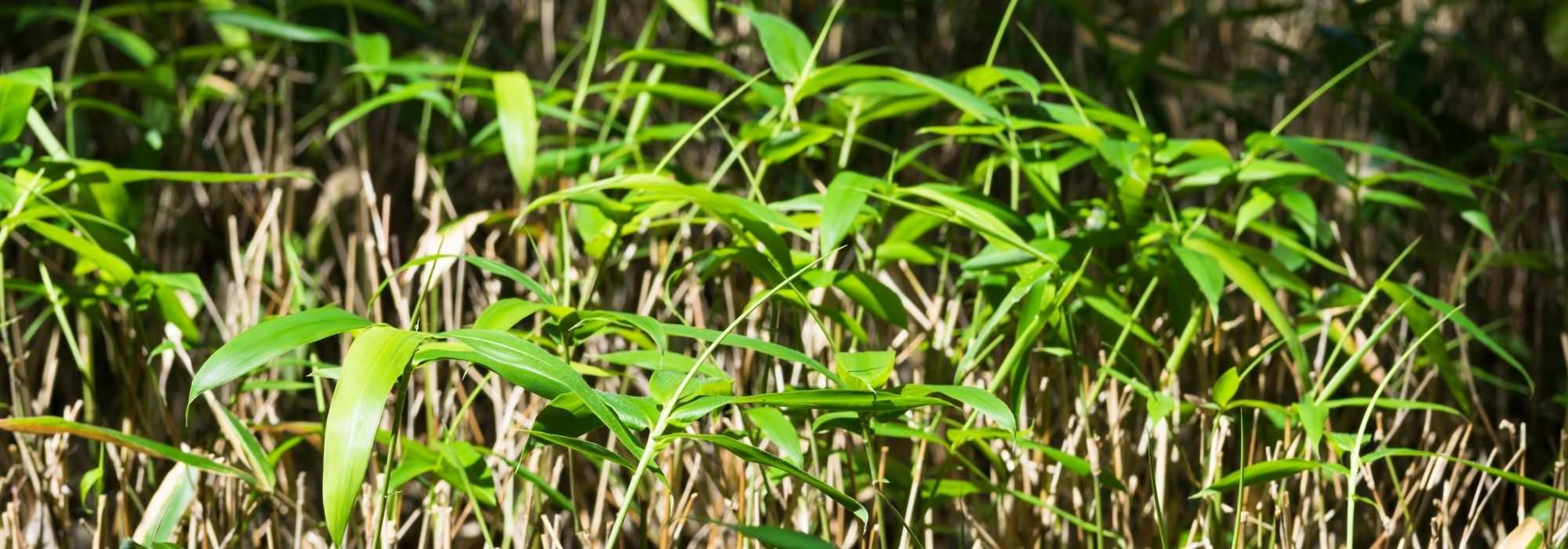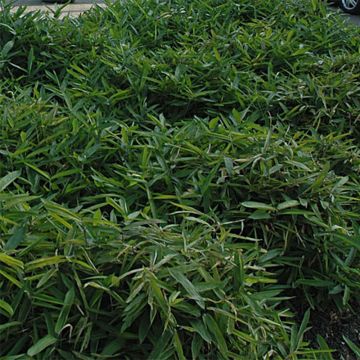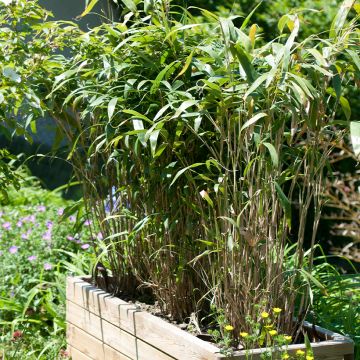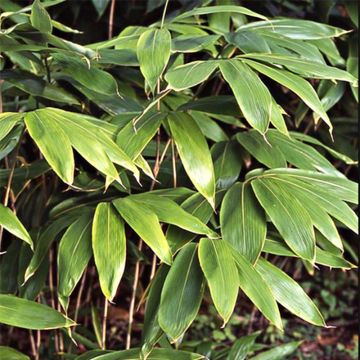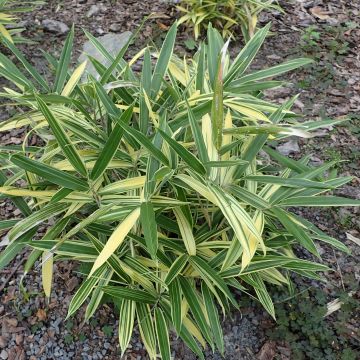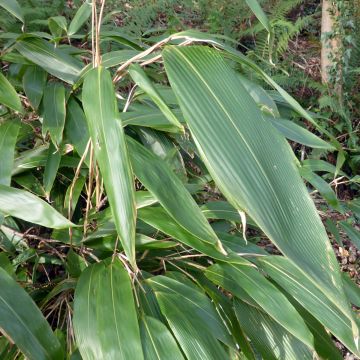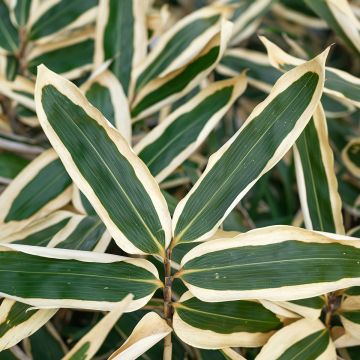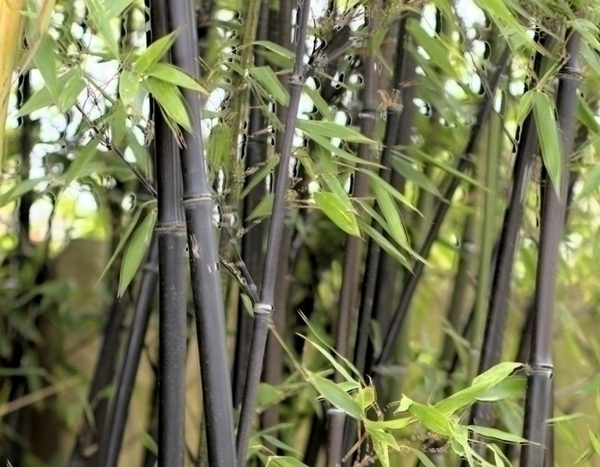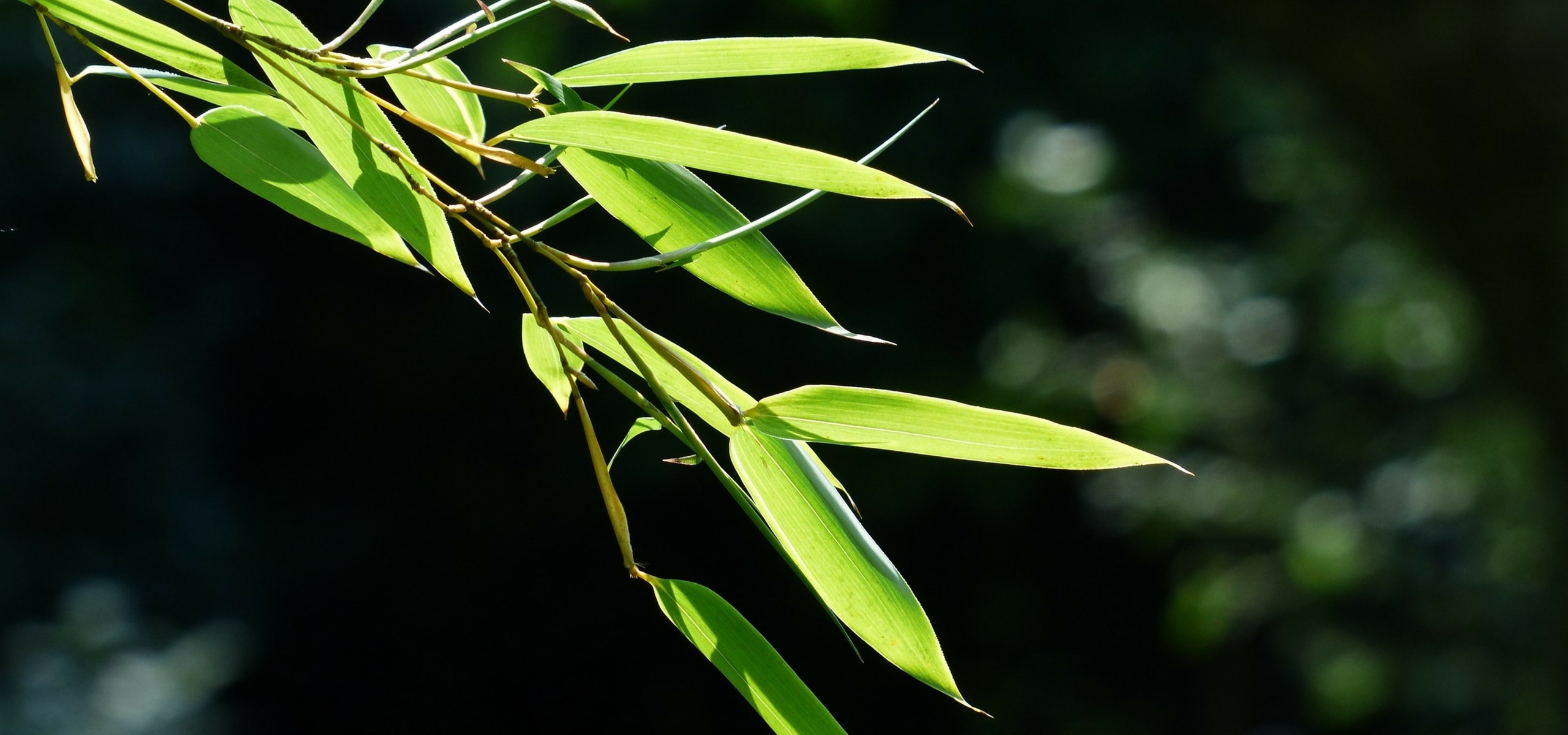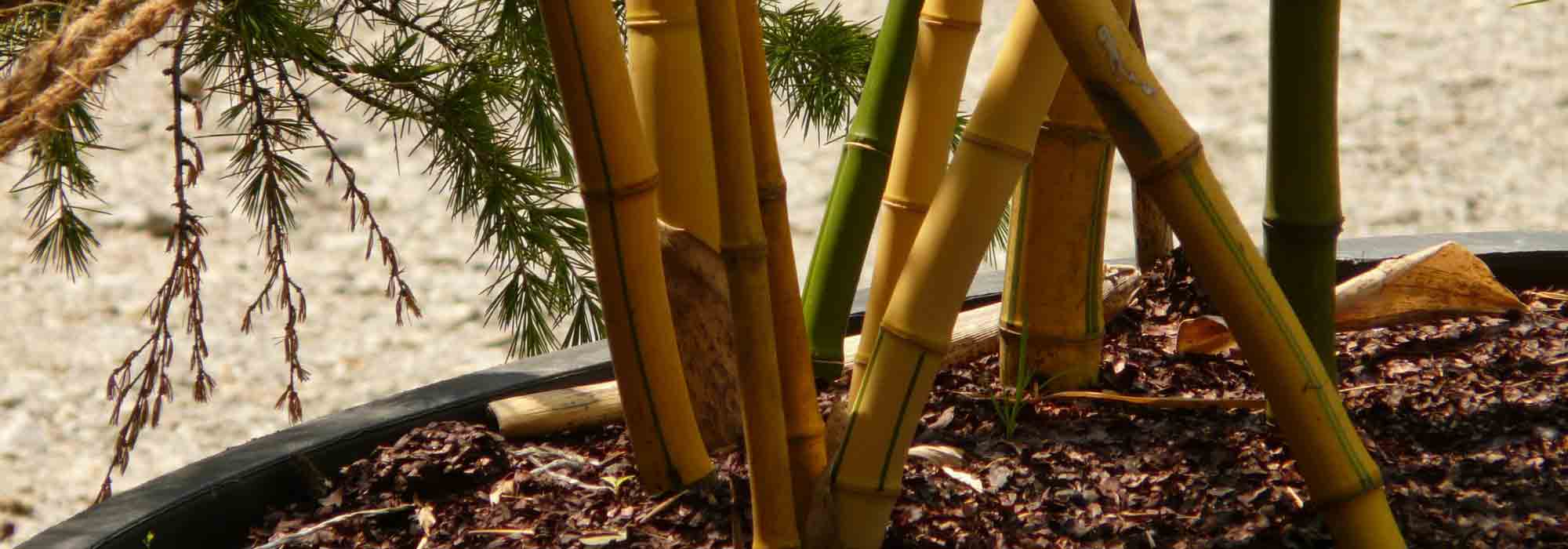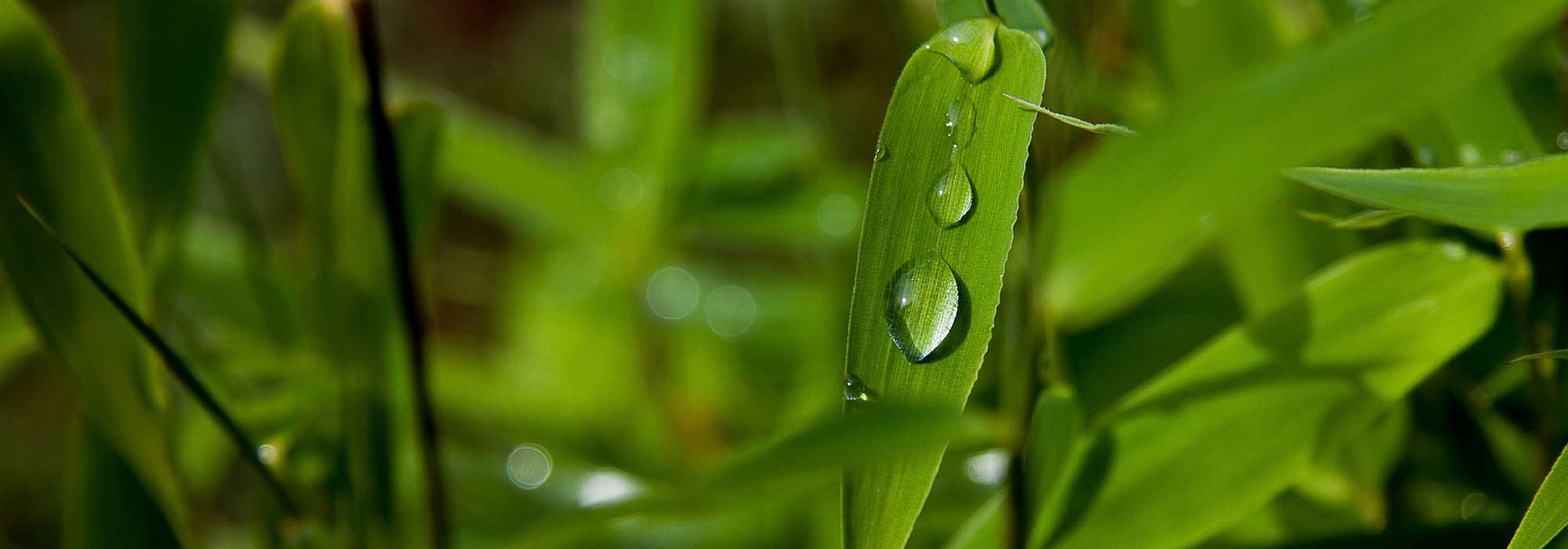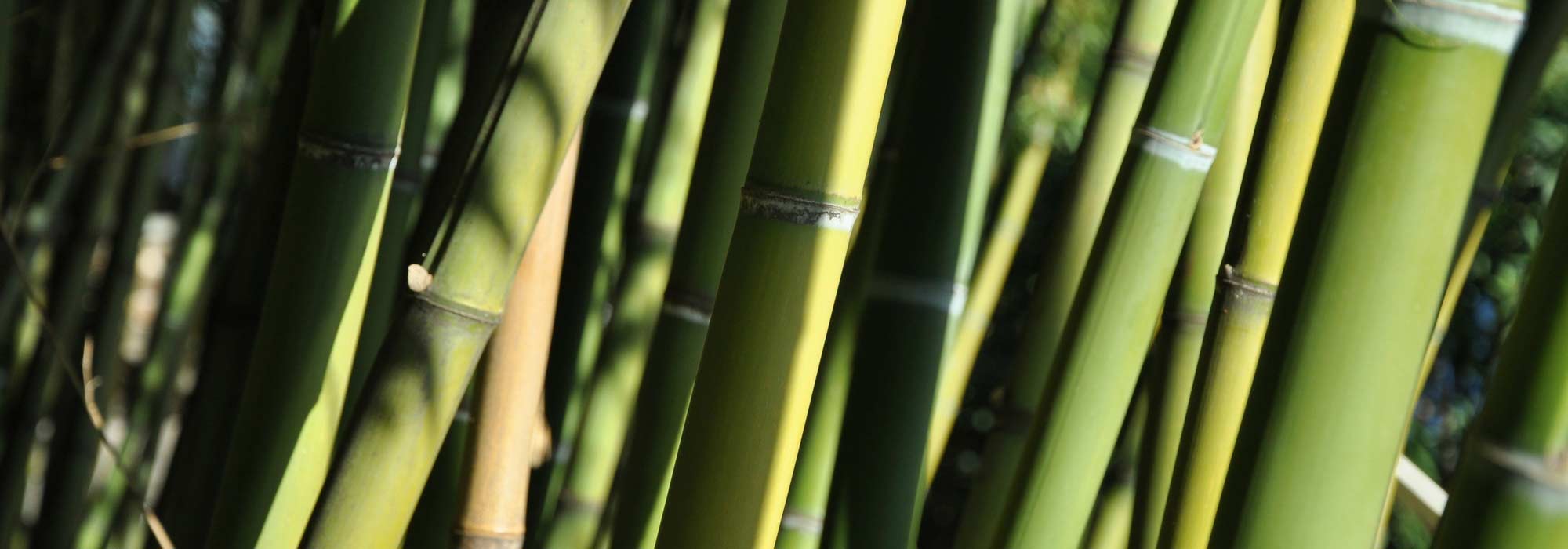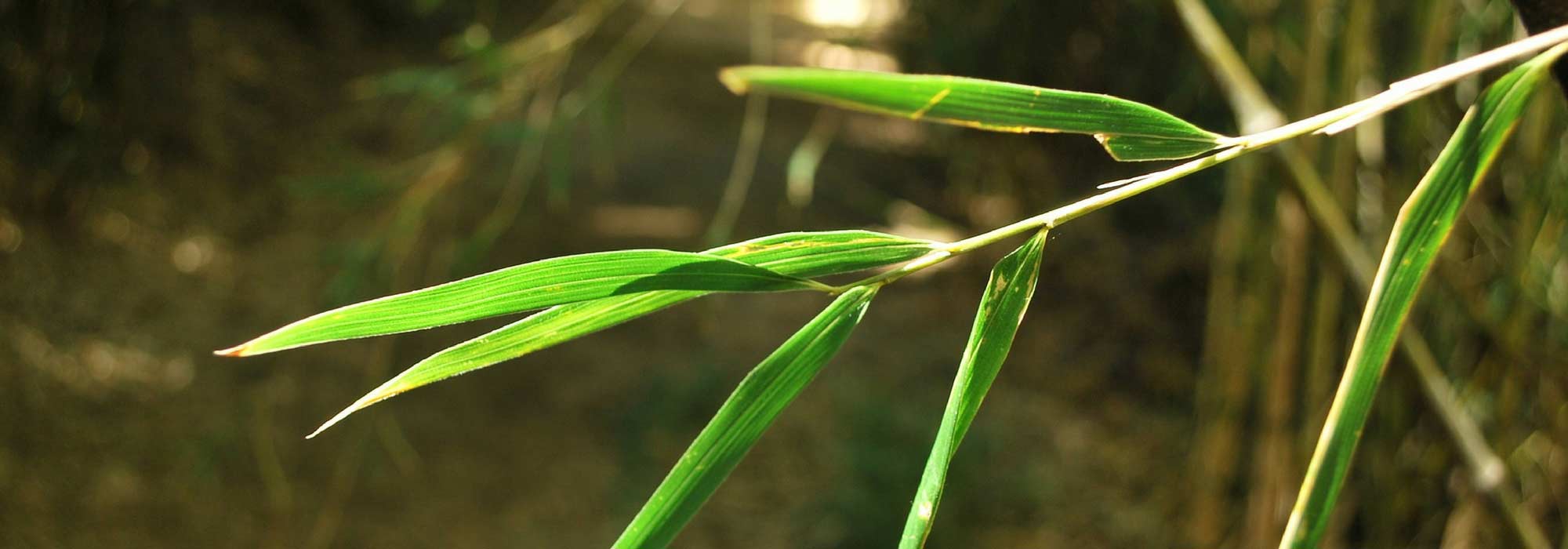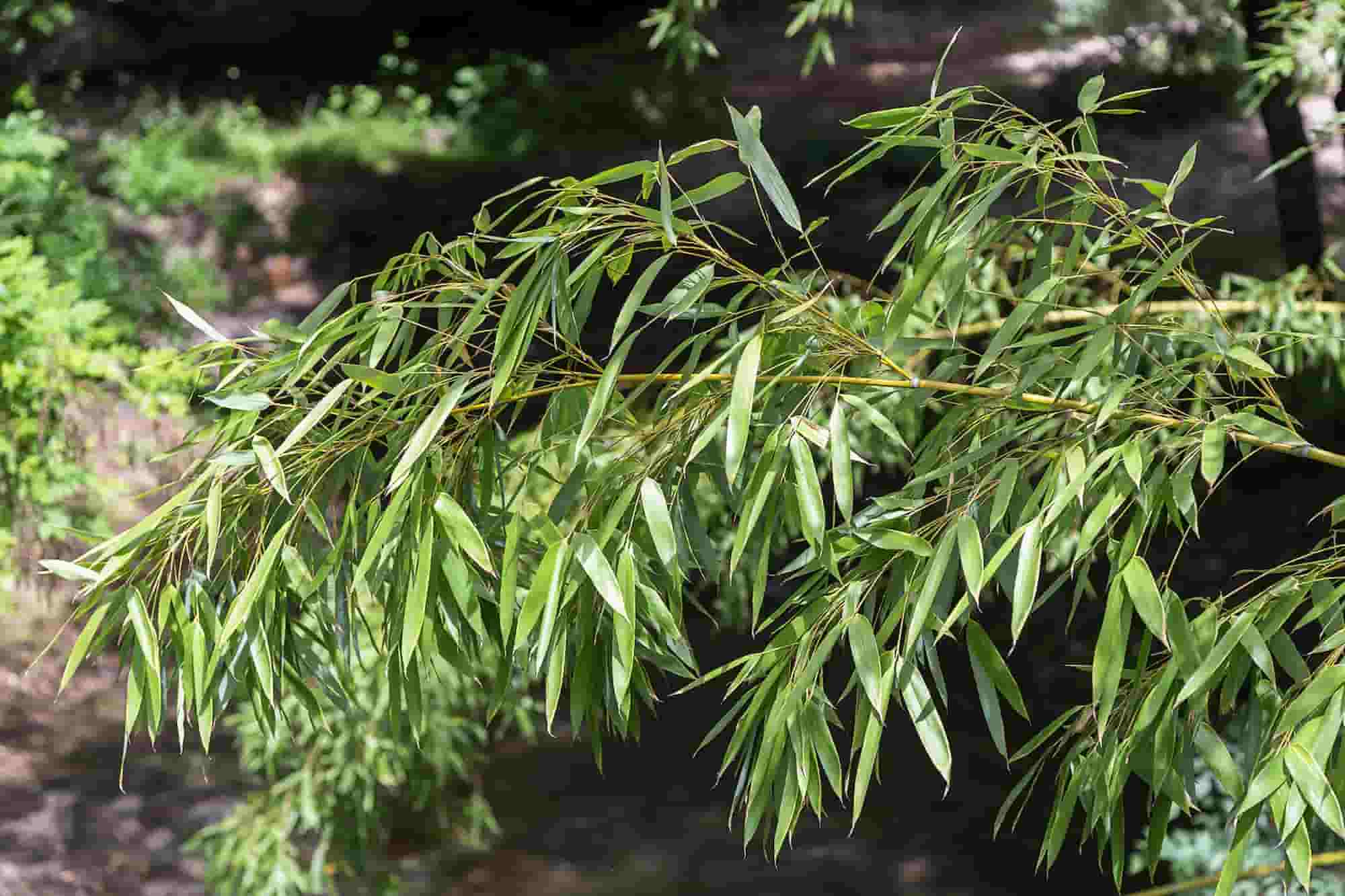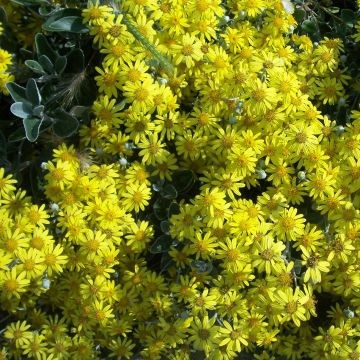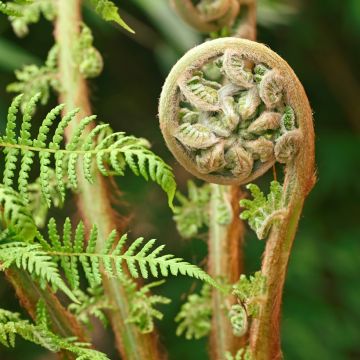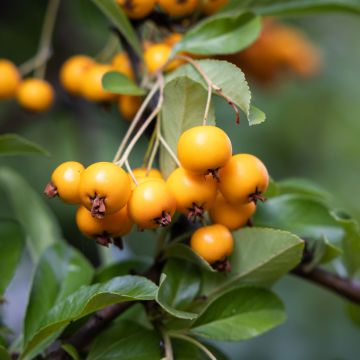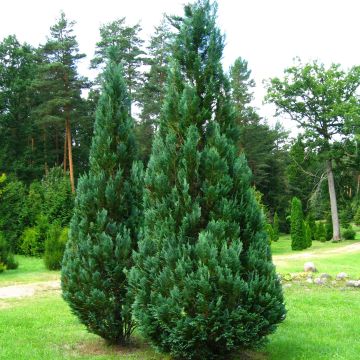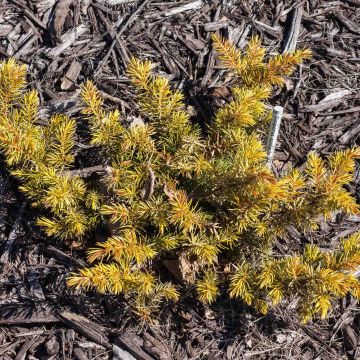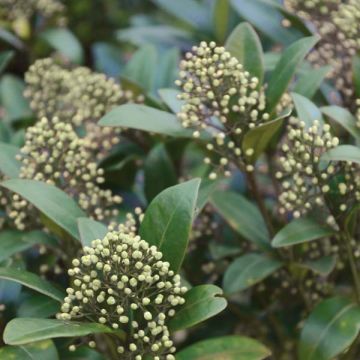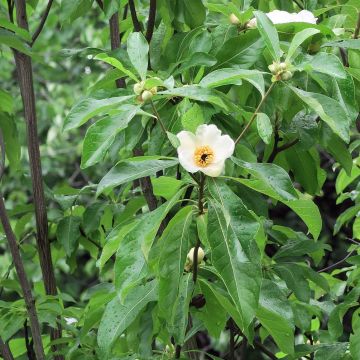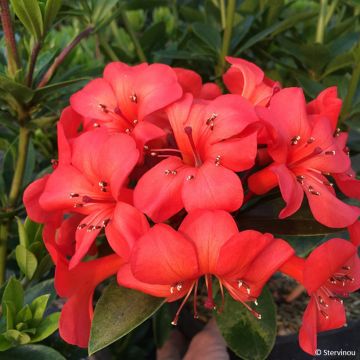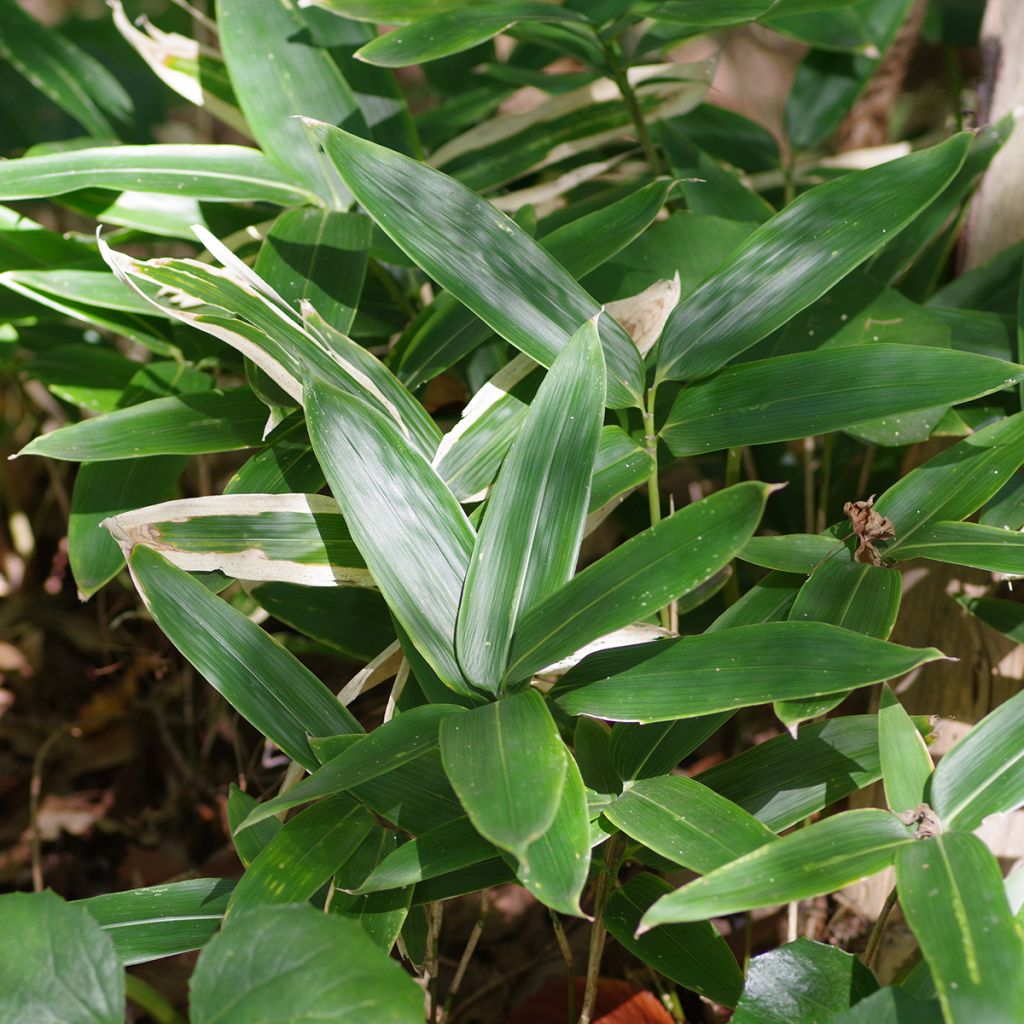

Sasa kurilensis
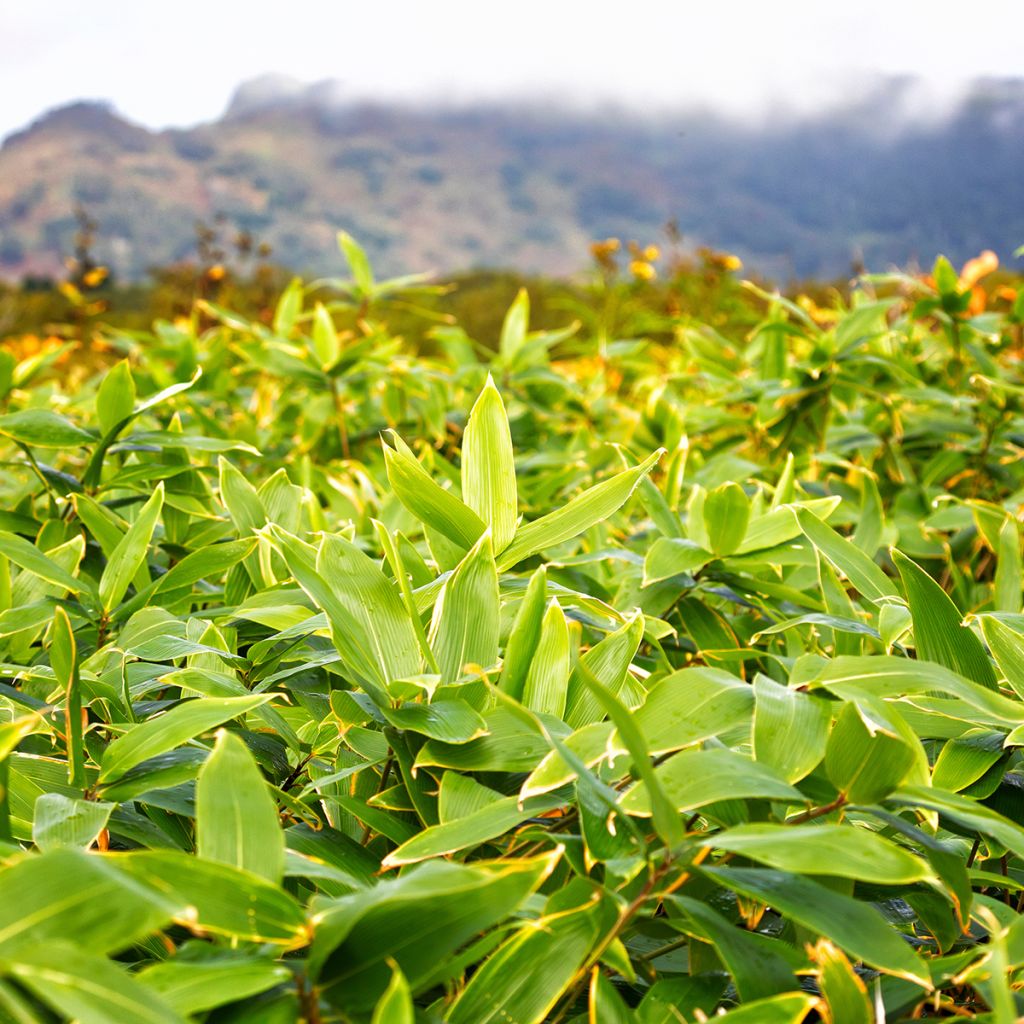

Sasa kurilensis
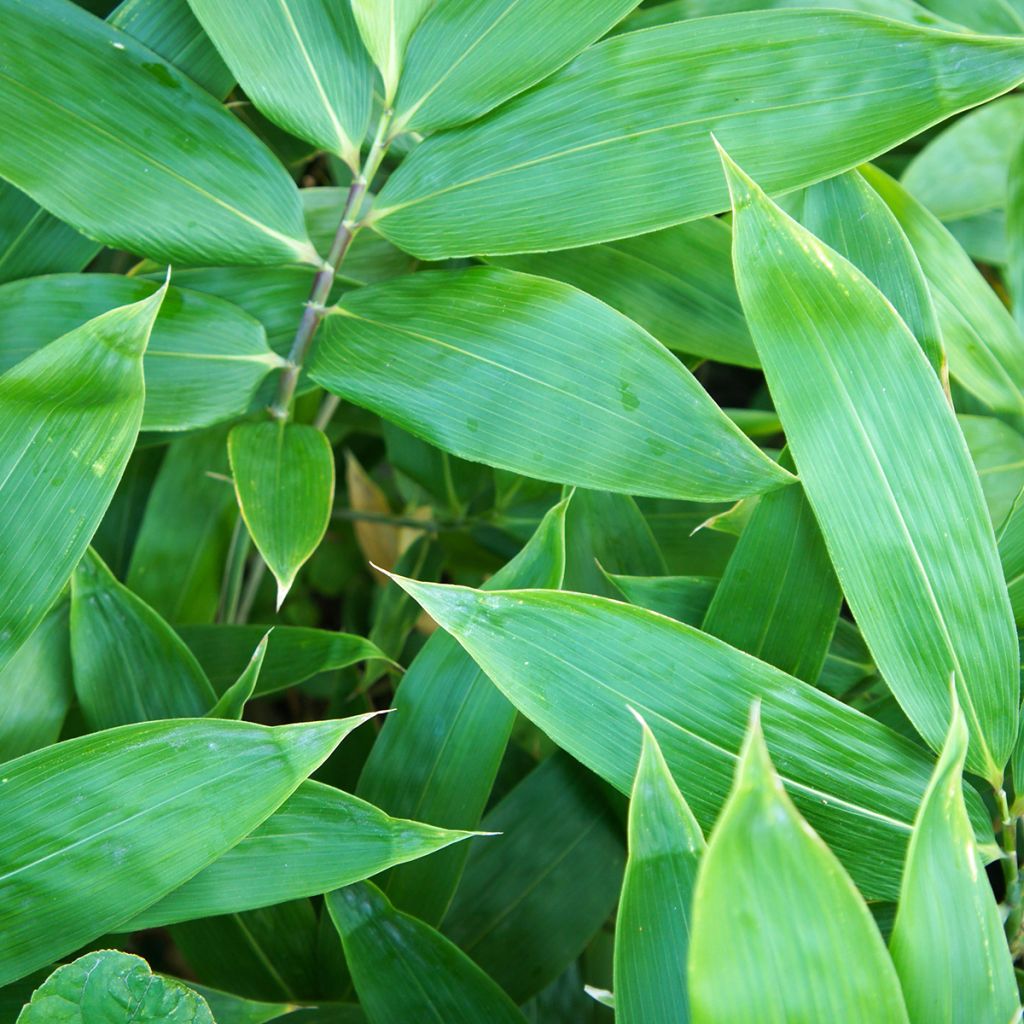

Sasa kurilensis
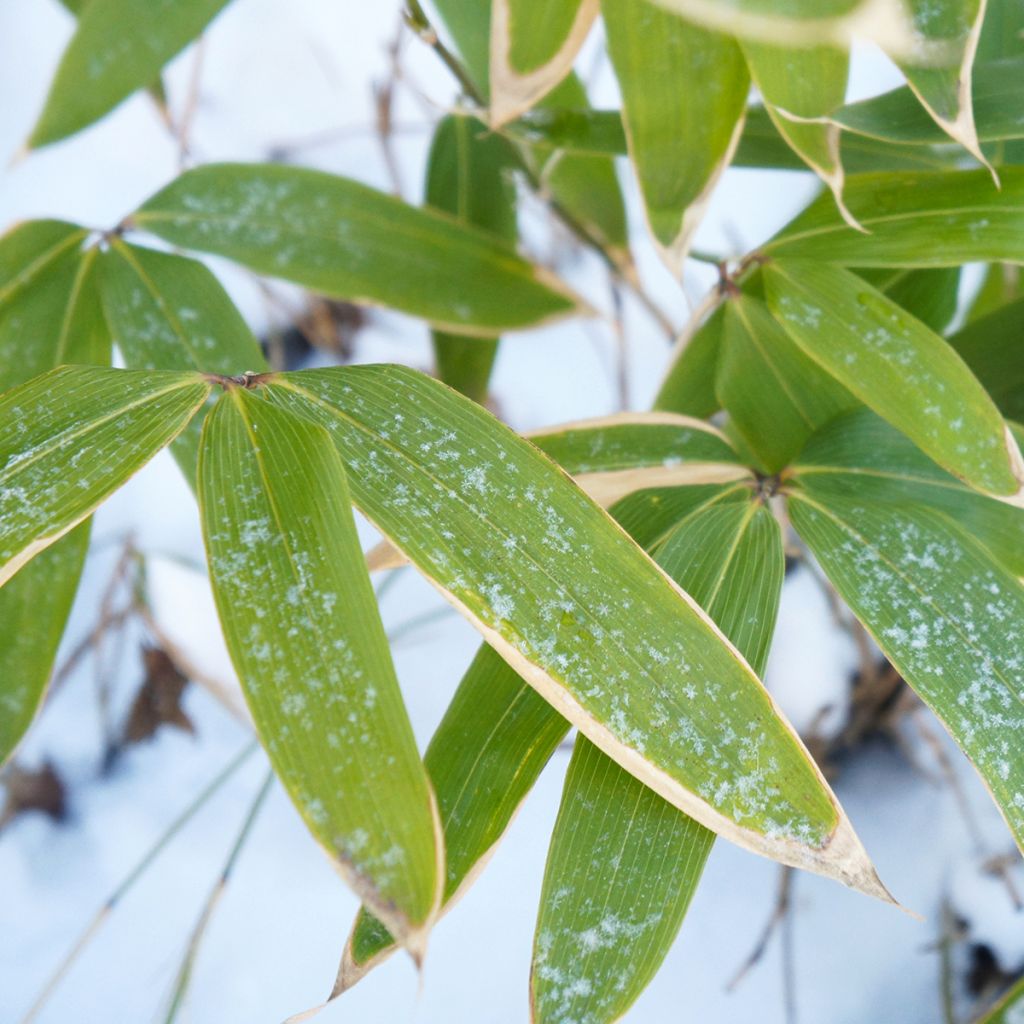

Sasa kurilensis
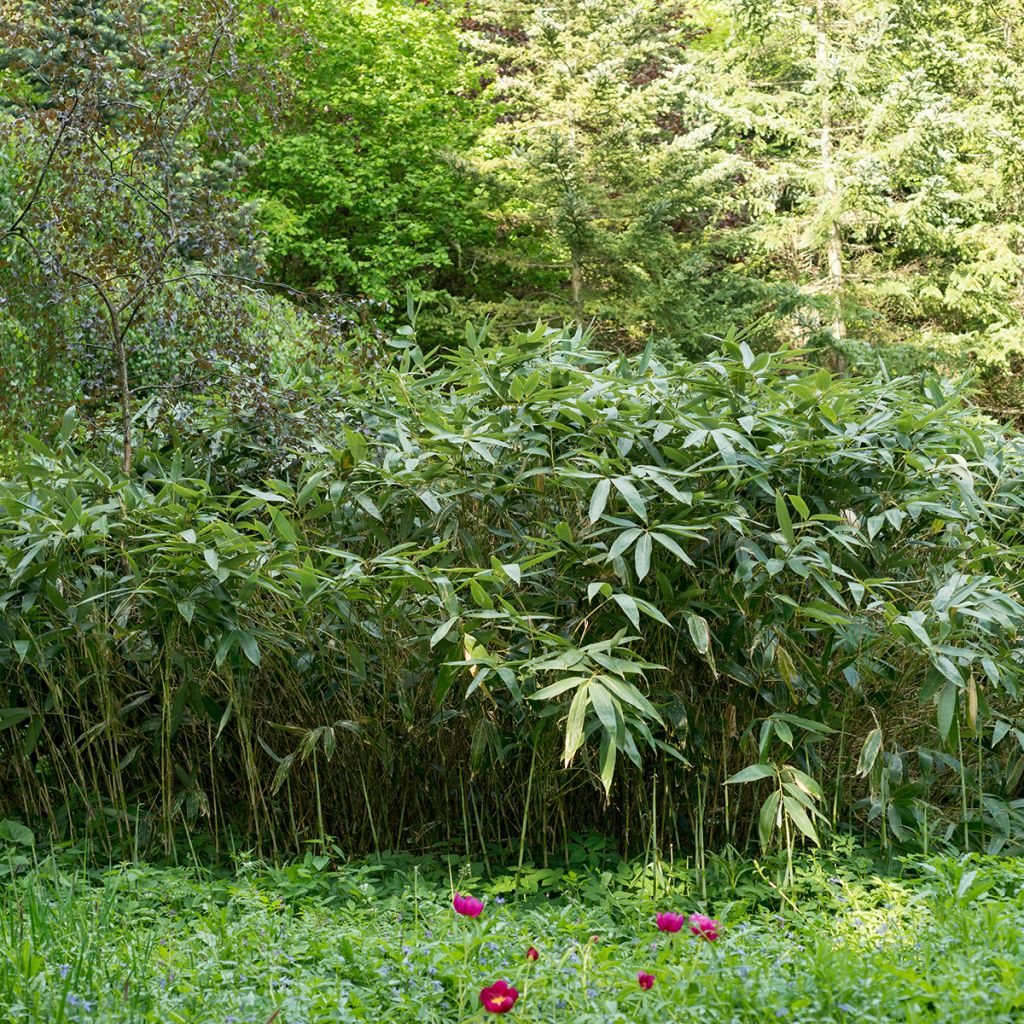

Sasa kurilensis
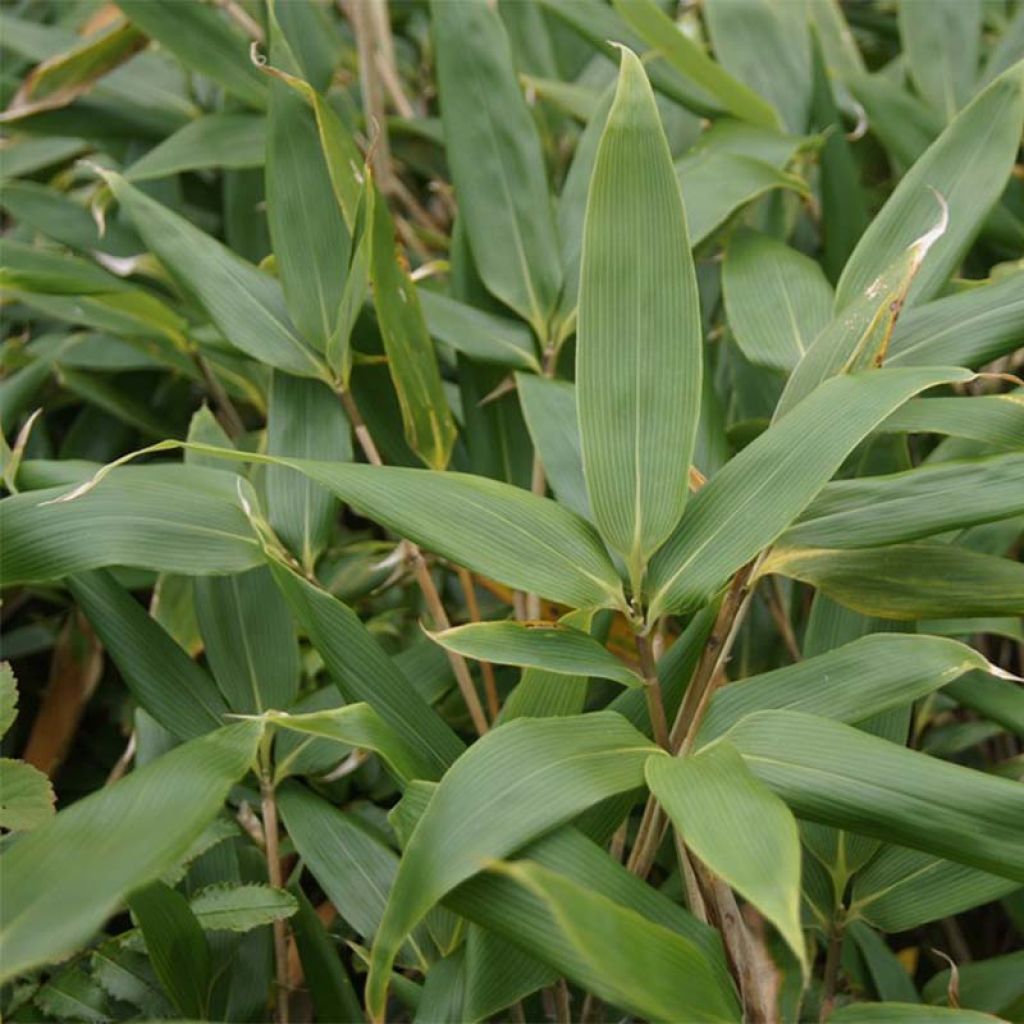

Sasa kurilensis
Sasa kurilensis
Sasa kurilensis
Bamboo
Special offer!
Receive a €20 voucher for any order over €90 (excluding delivery costs, credit notes, and plastic-free options)!
1- Add your favorite plants to your cart.
2- Once you have reached €90, confirm your order (you can even choose the delivery date!).
3- As soon as your order is shipped, you will receive an email containing your voucher code, valid for 3 months (90 days).
Your voucher is unique and can only be used once, for any order with a minimum value of €20, excluding delivery costs.
Can be combined with other current offers, non-divisible and non-refundable.
Home or relay delivery (depending on size and destination)
Schedule delivery date,
and select date in basket
This plant carries a 24 months recovery warranty
More information
We guarantee the quality of our plants for a full growing cycle, and will replace at our expense any plant that fails to recover under normal climatic and planting conditions.
Would this plant suit my garden?
Set up your Plantfit profile →
Description
Sasa kurilenis is a vigorous small trailing bamboo native to Japan where it is highly appreciated for its magnificent foliage and ability to quickly form lush green curtains, both in shade and in sunlight. Perfectly acclimatised to harsh winters and very evergreen, it has a regular and open, slightly trailing habit, which perfectly highlights its long and wide evergreen, glossy dark green leaves. The natural exuberance of this bamboo is not well-suited for container cultivation.
Sasa kurilensis is a small, bushy and open bamboo with a regular silhouette. Well adapted to harsh winters, it is native to Japan, but also found in Korea and Russia, in the Sakhalin and Kuril Islands. Like all bamboo, it belongs to the grass family, Poaceae. Its genus name, Sasa, comes from the Japanese word zasa, a term used there to designate trailing bamboo. In this plant, the young pale green canes are curved when they emerge from the ground in spring. They quickly straighten up and elongate to reach a height of about 2.50 m with a diameter of 2 cm (1in). This Sasa grows rapidly, spreading over large areas through its spreading but superficial rhizomes. Its highly evergreen foliage consists of leaves that are 20 to 30 cm (8 to 12in) long and 5 cm (2in) wide on young canes, but twice as large on older canes. Arranged in fans at the end of the branches, these, beautiful, glossy, dark green leaves are prominently displayed. The young shoots are edible, the Japanese consume them after pickling them in brine. Its hardiness is around -24°C (1°F).
Perfectly hardy and very vigorous, this bamboo thrives in deep, humus-rich, moist soil, to the point of becoming invasive. To contain its growth, we recommend using anti-rhizome barriers. Particularly decorative, it is perfectly suited for Zen, Japanese, exotic, or contemporary gardens. In sun or shade, this bamboo allows for the quick establishment of a medium-sized evergreen hedge that effectively protects from prying eyes. It can also be planted en masse along a pathway in a large garden, used as a background in a flowerbed, or as a large isolated clump. Its rhizomes are quite superficial, which allows for relatively easy control of its spread through regular removal at the periphery of the mother plant.
Sasa kurilensis in pictures


Plant habit
Foliage
Botanical data
Sasa
kurilensis
Poaceae
Bamboo
East Asia
Other Sasa Bamboo
View all →Planting and care
Sasa kurilensis can be planted in all exposures, it tolerates the sun well but prefers moist and shaded situations. It requires fertile soil, moist throughout the year, rich in humus, acidic to neutral, and preferably non-chalky. It is best planted in late summer or autumn, or even spring. As it is spreading, it is advisable to install a rhizome barrier when planting to limit its extension area. It is hardy and can withstand temperatures as low as -24°C (1°F). Provide organic fertilizer twice a year to prevent leaf yellowing due to excess water and lack of nutrients. Propagation is difficult and this bamboo does not tolerate pot cultivation well. It can be pruned every year in early spring to encourage the development of completely new foliage.
Planting period
Intended location
Care
Planting & care advice
This item has not been reviewed yet - be the first to leave a review about it.
Similar products
Haven't found what you were looking for?
Hardiness is the lowest winter temperature a plant can endure without suffering serious damage or even dying. However, hardiness is affected by location (a sheltered area, such as a patio), protection (winter cover) and soil type (hardiness is improved by well-drained soil).

Photo Sharing Terms & Conditions
In order to encourage gardeners to interact and share their experiences, Promesse de fleurs offers various media enabling content to be uploaded onto its Site - in particular via the ‘Photo sharing’ module.
The User agrees to refrain from:
- Posting any content that is illegal, prejudicial, insulting, racist, inciteful to hatred, revisionist, contrary to public decency, that infringes on privacy or on the privacy rights of third parties, in particular the publicity rights of persons and goods, intellectual property rights, or the right to privacy.
- Submitting content on behalf of a third party;
- Impersonate the identity of a third party and/or publish any personal information about a third party;
In general, the User undertakes to refrain from any unethical behaviour.
All Content (in particular text, comments, files, images, photos, videos, creative works, etc.), which may be subject to property or intellectual property rights, image or other private rights, shall remain the property of the User, subject to the limited rights granted by the terms of the licence granted by Promesse de fleurs as stated below. Users are at liberty to publish or not to publish such Content on the Site, notably via the ‘Photo Sharing’ facility, and accept that this Content shall be made public and freely accessible, notably on the Internet.
Users further acknowledge, undertake to have ,and guarantee that they hold all necessary rights and permissions to publish such material on the Site, in particular with regard to the legislation in force pertaining to any privacy, property, intellectual property, image, or contractual rights, or rights of any other nature. By publishing such Content on the Site, Users acknowledge accepting full liability as publishers of the Content within the meaning of the law, and grant Promesse de fleurs, free of charge, an inclusive, worldwide licence for the said Content for the entire duration of its publication, including all reproduction, representation, up/downloading, displaying, performing, transmission, and storage rights.
Users also grant permission for their name to be linked to the Content and accept that this link may not always be made available.
By engaging in posting material, Users consent to their Content becoming automatically accessible on the Internet, in particular on other sites and/or blogs and/or web pages of the Promesse de fleurs site, including in particular social pages and the Promesse de fleurs catalogue.
Users may secure the removal of entrusted content free of charge by issuing a simple request via our contact form.
The flowering period indicated on our website applies to countries and regions located in USDA zone 8 (France, the United Kingdom, Ireland, the Netherlands, etc.)
It will vary according to where you live:
- In zones 9 to 10 (Italy, Spain, Greece, etc.), flowering will occur about 2 to 4 weeks earlier.
- In zones 6 to 7 (Germany, Poland, Slovenia, and lower mountainous regions), flowering will be delayed by 2 to 3 weeks.
- In zone 5 (Central Europe, Scandinavia), blooming will be delayed by 3 to 5 weeks.
In temperate climates, pruning of spring-flowering shrubs (forsythia, spireas, etc.) should be done just after flowering.
Pruning of summer-flowering shrubs (Indian Lilac, Perovskia, etc.) can be done in winter or spring.
In cold regions as well as with frost-sensitive plants, avoid pruning too early when severe frosts may still occur.
The planting period indicated on our website applies to countries and regions located in USDA zone 8 (France, United Kingdom, Ireland, Netherlands).
It will vary according to where you live:
- In Mediterranean zones (Marseille, Madrid, Milan, etc.), autumn and winter are the best planting periods.
- In continental zones (Strasbourg, Munich, Vienna, etc.), delay planting by 2 to 3 weeks in spring and bring it forward by 2 to 4 weeks in autumn.
- In mountainous regions (the Alps, Pyrenees, Carpathians, etc.), it is best to plant in late spring (May-June) or late summer (August-September).
The harvesting period indicated on our website applies to countries and regions in USDA zone 8 (France, England, Ireland, the Netherlands).
In colder areas (Scandinavia, Poland, Austria...) fruit and vegetable harvests are likely to be delayed by 3-4 weeks.
In warmer areas (Italy, Spain, Greece, etc.), harvesting will probably take place earlier, depending on weather conditions.
The sowing periods indicated on our website apply to countries and regions within USDA Zone 8 (France, UK, Ireland, Netherlands).
In colder areas (Scandinavia, Poland, Austria...), delay any outdoor sowing by 3-4 weeks, or sow under glass.
In warmer climes (Italy, Spain, Greece, etc.), bring outdoor sowing forward by a few weeks.






























